



Intelligent Ethernet Switching Chip
With the rapid development of network technology, Smart Ethernet Switch Chips have become an indispensable core component of modern network devices. These chips are widely used in switches, routers, smart homes, data centers, and other network equipment, performing key functions such as data transmission, traffic management, and network monitoring. Building upon traditional Ethernet switch chips, Smart Ethernet Switch Chips incorporate additional intelligent features such as automatic traffic control, network diagnostics, security protection, and energy optimization, significantly enhancing the performance and efficiency of network devices. This article explores the characteristics, application scenarios, and future development trends of Smart Ethernet Switch Chips.
1. Working Principle of Smart Ethernet Switch Chips
The core function of Smart Ethernet Switch Chips is the forwarding and switching of data packets. These chips receive data frames at the ports of a switch and decide which port to forward the frames to based on the destination address in the frame header. Traditional Ethernet switch chips mainly perform basic functions like data forwarding, MAC address learning, and collision detection. However, Smart Ethernet Switch Chips improve the efficiency and flexibility of the switching process by incorporating processors, memory, and intelligent software algorithms, which allow the chips to dynamically adjust switching strategies based on varying network conditions.
For instance, smart switch chips often integrate features like traffic analysis, bandwidth management, and load balancing, enabling real-time adjustment of forwarding paths in response to changes in network traffic. This ensures efficient data transmission. Additionally, intelligent chips can identify and isolate network faults, automatically repair or optimize network paths, thereby enhancing network stability and fault tolerance.
2. Key Features of Smart Ethernet Switch Chips
2.1 Traffic Management and Optimization
Smart Ethernet Switch Chips can monitor network traffic in real time and adjust traffic routing based on load conditions. These chips support advanced traffic management algorithms like Quality of Service (QoS) and bandwidth control, which prioritize the transmission of critical traffic, such as voice, video, and real-time data, ensuring the network operates efficiently.
Furthermore, smart switch chips can dynamically allocate bandwidth to prevent network congestion and resource wastage, improving bandwidth utilization. This is especially important in data centers and enterprise networks, where data traffic is typically large, and low latency and high bandwidth are crucial.
2.2 Network Security Features
Smart Ethernet Switch Chips enhance network security beyond traditional switching functions. For example, they can integrate firewalls, Access Control Lists (ACLs), Intrusion Detection and Prevention Systems (IDS/IPS), and other security features to effectively prevent malicious attacks, virus spread, and data leaks.
These chips can perform precise identity verification for each network port, ensuring that only authorized devices are allowed to access the network. Additionally, by analyzing network traffic in real-time, smart switch chips can quickly detect abnormal traffic patterns and attack modes, implementing corresponding security measures to bolster network protection.
2.3 Intelligent Diagnostics and Fault Recovery
Smart Ethernet Switch Chips possess strong network diagnostic and fault detection capabilities. They can monitor network conditions in real-time, identify issues such as packet loss, connection interruptions, and excessive delays, and use self-diagnosis functions to locate the causes of faults. Once a fault is detected, the smart switch chips can automatically adjust network paths or send alerts to administrators, helping to quickly identify and resolve problems, minimizing the impact of network failures on business operations.
2.4 Energy Optimization
In modern networks, energy efficiency has become a crucial design goal. Smart Ethernet Switch Chips often incorporate energy-saving technologies, such as automatically adjusting port power based on network traffic or shutting down inactive ports during low traffic periods. These energy-saving features help reduce device power consumption, extend device lifespan, and lower operational costs.
3. Application Scenarios of Smart Ethernet Switch Chips
3.1 Data Centers
Data centers are one of the primary application scenarios for Smart Ethernet Switch Chips. In data centers, network devices need to handle massive amounts of data traffic while ensuring high reliability, low latency, and high throughput. Smart Ethernet Switch Chips optimize traffic management, load balancing, and fault recovery, ensuring the efficient operation of data center networks and improving data access speed and user experience.
3.2 Enterprise Networks
In enterprise networks, smart switch chips provide flexible bandwidth management, VLAN support, network security controls, and other functions. By monitoring and managing internal network traffic in real time, smart switch chips ensure that critical business systems and applications receive prioritized bandwidth, ensuring business continuity.
3.3 Smart Homes and IoT
With the rapid growth of smart home and Internet of Things (IoT) devices, more and more homes and commercial buildings rely on Ethernet switch chips to connect various smart devices. In these scenarios, smart switch chips not only facilitate data transmission but also help manage the interconnectivity of devices, optimizing data transfer efficiency and ensuring stable communication between devices.
4. Future Development Trends of Smart Ethernet Switch Chips
4.1 Higher Bandwidth and Lower Latency
As network applications continue to evolve, particularly with the rise of cloud computing, big data, and artificial intelligence, the demand for higher bandwidth and lower latency is increasing. Smart Ethernet Switch Chips will continue to improve data transmission rates, supporting higher-bandwidth switching such as 100G, 400G, and even higher speeds, while reducing network latency to meet the needs of high-speed and efficient data transfer.
4.2 Support for Software-Defined Networking (SDN) and Network Function Virtualization (NFV)
In the future, Smart Ethernet Switch Chips will more fully support emerging technologies such as Software-Defined Networking (SDN) and Network Function Virtualization (NFV). By integrating with SDN and NFV, smart switch chips can enable more flexible network management and configuration, making the distribution of network resources smarter and more efficient.
4.3 Stronger AI Integration
Smart switch chips will gradually incorporate artificial intelligence (AI) technologies, using AI algorithms to predict traffic patterns, automatically adjust network strategies, and optimize network structures, further enhancing the intelligence and automation of network management.
5. Conclusion
Smart Ethernet Switch Chips have become a core component of modern networks. With their exceptional capabilities in traffic management, network security, intelligent diagnostics, and energy optimization, they are widely used in data centers, enterprise networks, and smart homes, among other scenarios. As technology continues to advance, Smart Ethernet Switch Chips will play an increasingly important role in supporting higher bandwidth, lower latency, SDN/NFV integration, and AI applications, providing stronger support for the future development of networks.

Please contact us if the source is mislabeled or violates your legal rights.
We will promptly correct and delete, thank you.
- ISP co-processor
- The standard of ISP chips
- What is the power consumption level of t...
- In what scenarios can the performance of...
- Smart Home Products with Rockchip RK3588...
- Kylin ISP chip
- Purchase of ISP chips
- How fast is the read speed of Winbond W2...
- The motherboard of the industrial comput...
- spi ethernet chip in qfn package
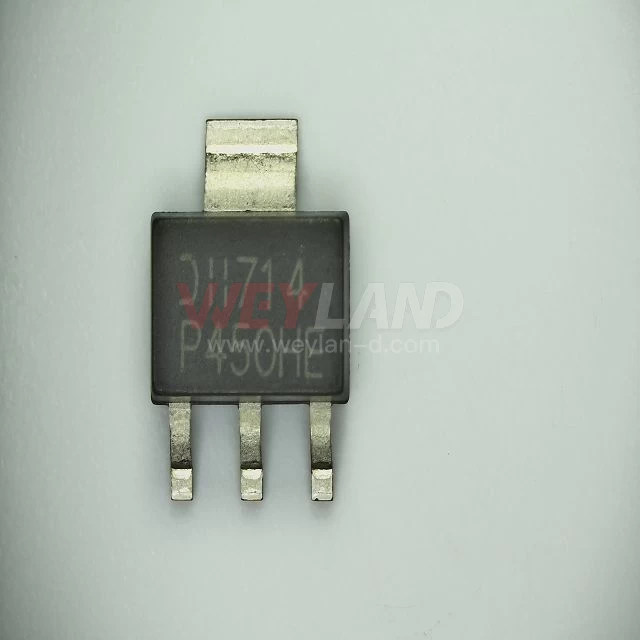

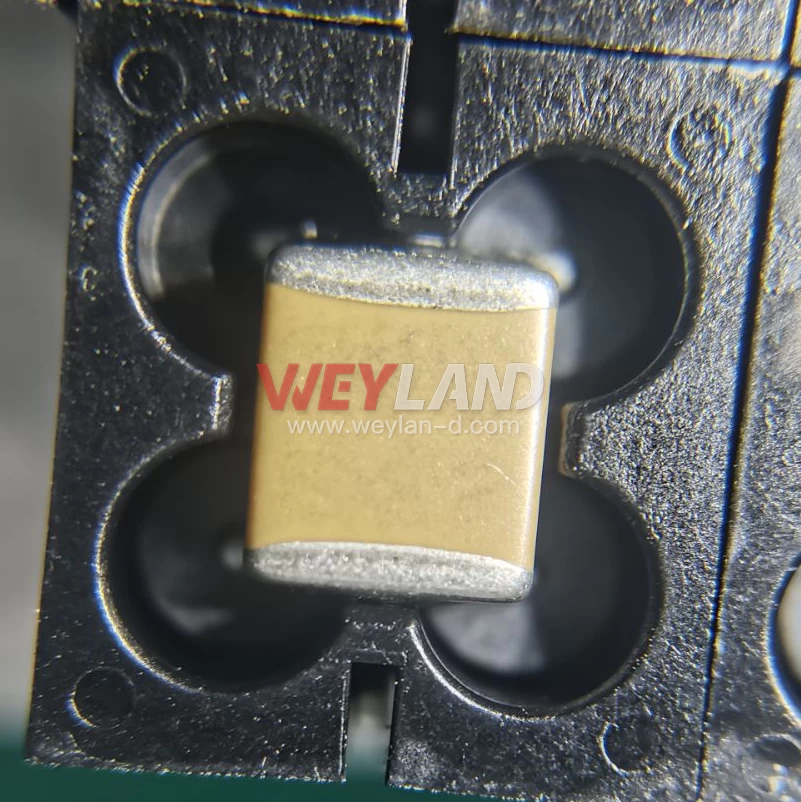


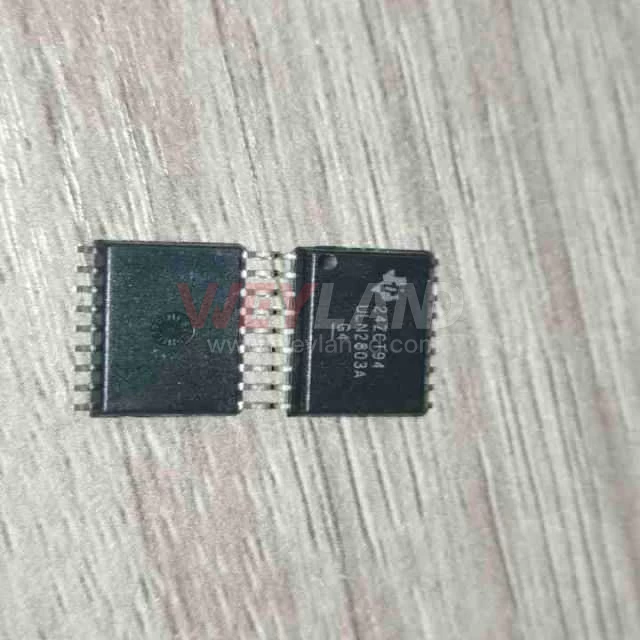

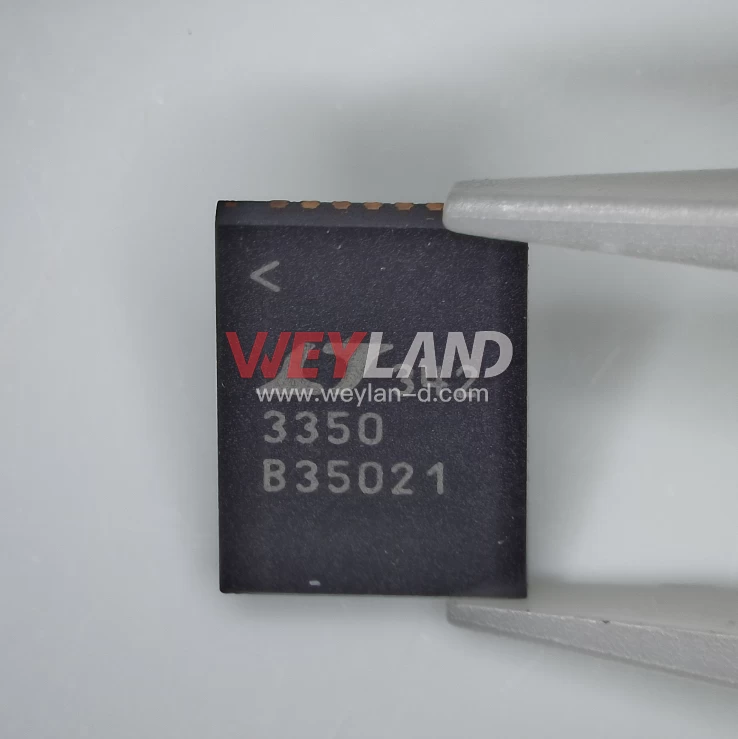
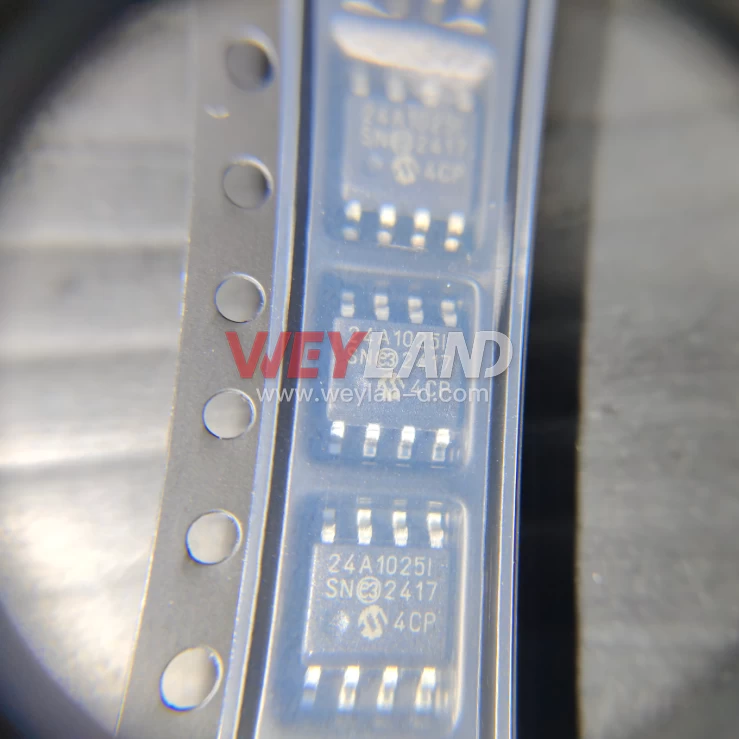

.9246509.png)












[email protected]
7500A BEACH ROAD #04-307 THE PLAZA SINGAPORE (199591)
RM 705.7/F.FA YUEN COMM BLDGNO.75-77.FA YUEN STREET.MONGKOK.KLN.HONG KONG
